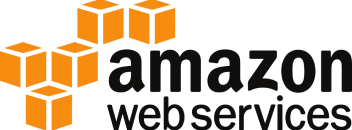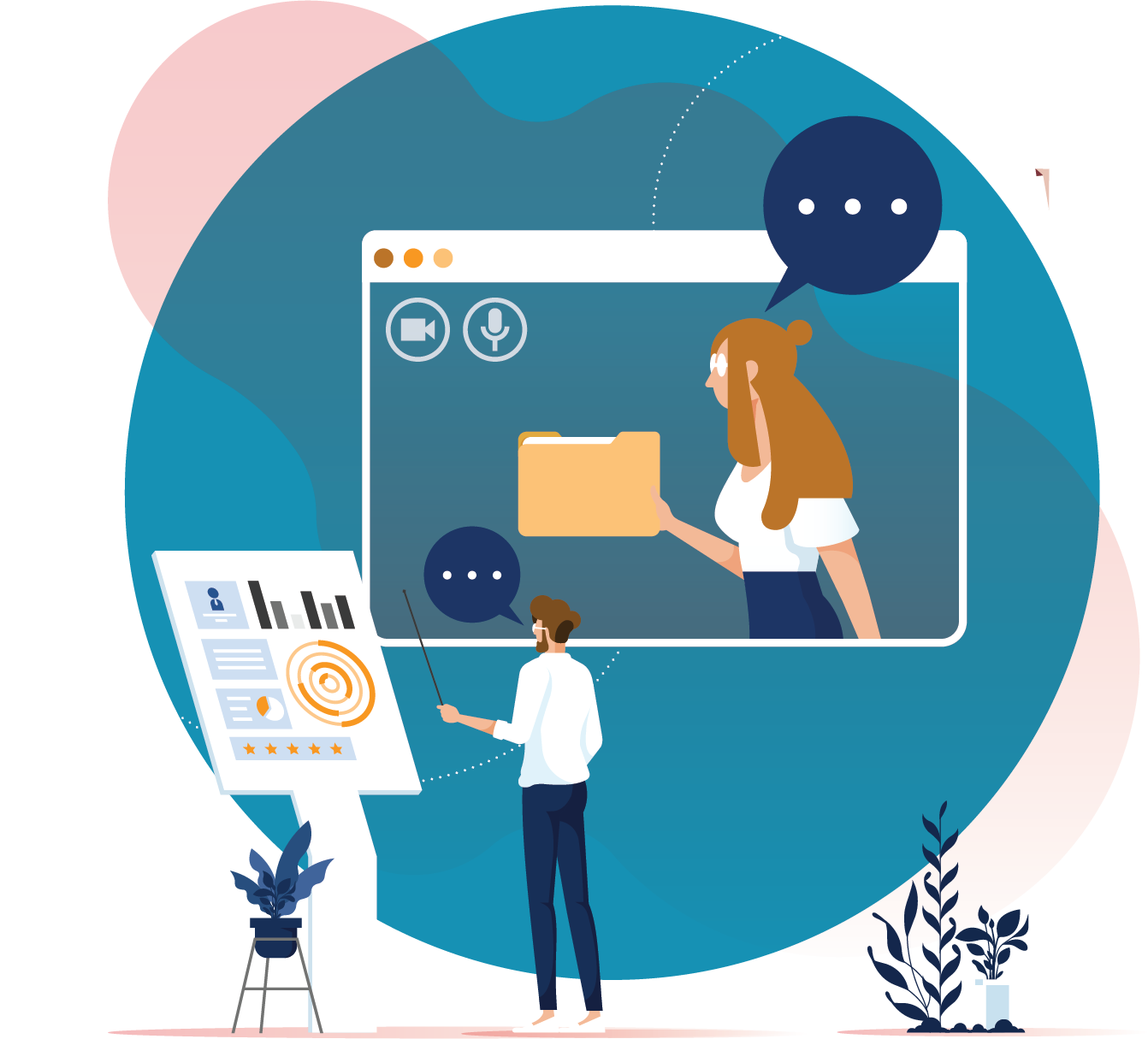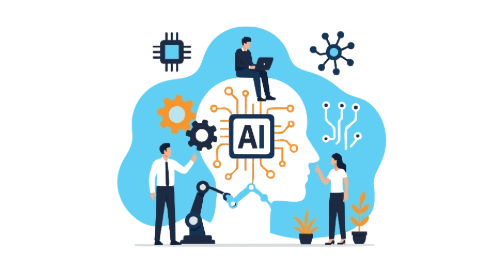Exploring the Future of Integration: Trends, Challenges, and Opportunities in 2023
It’s traditional at this time to look ahead and try to predict what the coming year will bring, and as integration professionals, we have naturally turned to our specialist subject to examine. So with one eye on the marketing blogs and one on the platform roadmaps – along with a healthy pinch of skepticism – here are our predictions for integration in 2023.
1. Hybrid capabilities remain essential
While much has been made of a “shift to the cloud” over the last ten years, especially with the pandemic-born accelerated adoption of SaaS-based services, it has become apparent that most businesses will never completely move away from on-premises applications. Therefore, a hybrid environment should be viewed as a destination state rather than a transitory one and planned for accordingly.
The increasing requirement to support hybrid environments forces integration platforms to improve their support for this configuration. Previously, a customer may have looked to leverage a legacy integration platform for sunsetted on-premises services and a cloud-first iPaaS platform for SaaS; customers are now looking for platforms that provide a consistent experience across on-premises and cloud services. We expect to see cloud-native platforms focus on improving their connectivity to on-premises platforms to improve their ability to deliver enterprise requirements.
2. Staffing issues drive the requirement to deliver without specialists
The integration labour market has been at historically tight levels for the last three years and is showing no signs of improvement. Organisations have been constrained in their ability to deliver integration projects due to being unable to find the staff to perform the work and have needed to turn to alternative methods.
One approach to finding success is utilising non-specialist staff in conjunction with a low-code integration platform. Vendors have been selling the concept of the “citizen integrator” for years, and we are now seeing the rise of a complementary persona of “integration semi-pro”, where a staff member with a similar skillset to a citizen integrator takes on responsibility for delivering formal integrations within the organisation. Platforms that allow these people, often business analysts or IT team members, to succeed are seeing increased adoption, while legacy code-based integration platforms are struggling to adapt.
3. Event-based platforms and architectures
More of a continuation than an actual trend at this point, but the shift in approach from API-led, imperative architectures to event-based architectures has gained significant momentum over the last 18 months. While some of this is driven by the deployment of event-native platforms such as IoT, just as significant is the rearchitecting of brown-fields integrations to enable more reliable, scalable and timely data. Being able to move from having a daily data load to seeing changes reflected in near real-time can deliver significant benefits, especially with fast-moving business processes.
All major integration platforms have been shoring up their support for event-driven processes and architectures, with this capability being seen as table stakes for a serious integration platform at this point. As the migration to event-driven architectures continues, the few platforms which do not support events will be increasingly relegated to niche status.
4. The rise of generative AI
Machine learning has been used successfully in integration by some vendors (Boomi, Informatica) for many years to assist with data classification and mapping automation. These approaches use “traditional” machine learning techniques and, while helpful, have not been transformative for the wider industry.
While generative AI is definitely approaching the peak of inflated expectations in its hype cycle, it still holds the potential to be genuinely transformational for integration. With early-stage platforms like GitHub Copilot writing code based on natural language, it is easy to see the possibility of the same approach being applied to the integration domain. The ability to provide source and destination system details to an AI along with a description of the intended process, and have that process scaffolded and ready for human review, would improve productivity and democratise access in a stroke.
5. Working Smarter, Not Harder
At the end of the day, the overall theme for integration in 2023 is doing more with less. In a challenging environment, integrators are being asked to deliver more integrations with less staff, connect more systems with fewer platforms and improve existing integrations to meet new requirements. Successful integrators will leverage modern platforms and patterns to meet these challenges and will be well-positioned for whatever the future brings – unless generative AI comes along and takes all of our jobs (we’re not holding our breath).







































